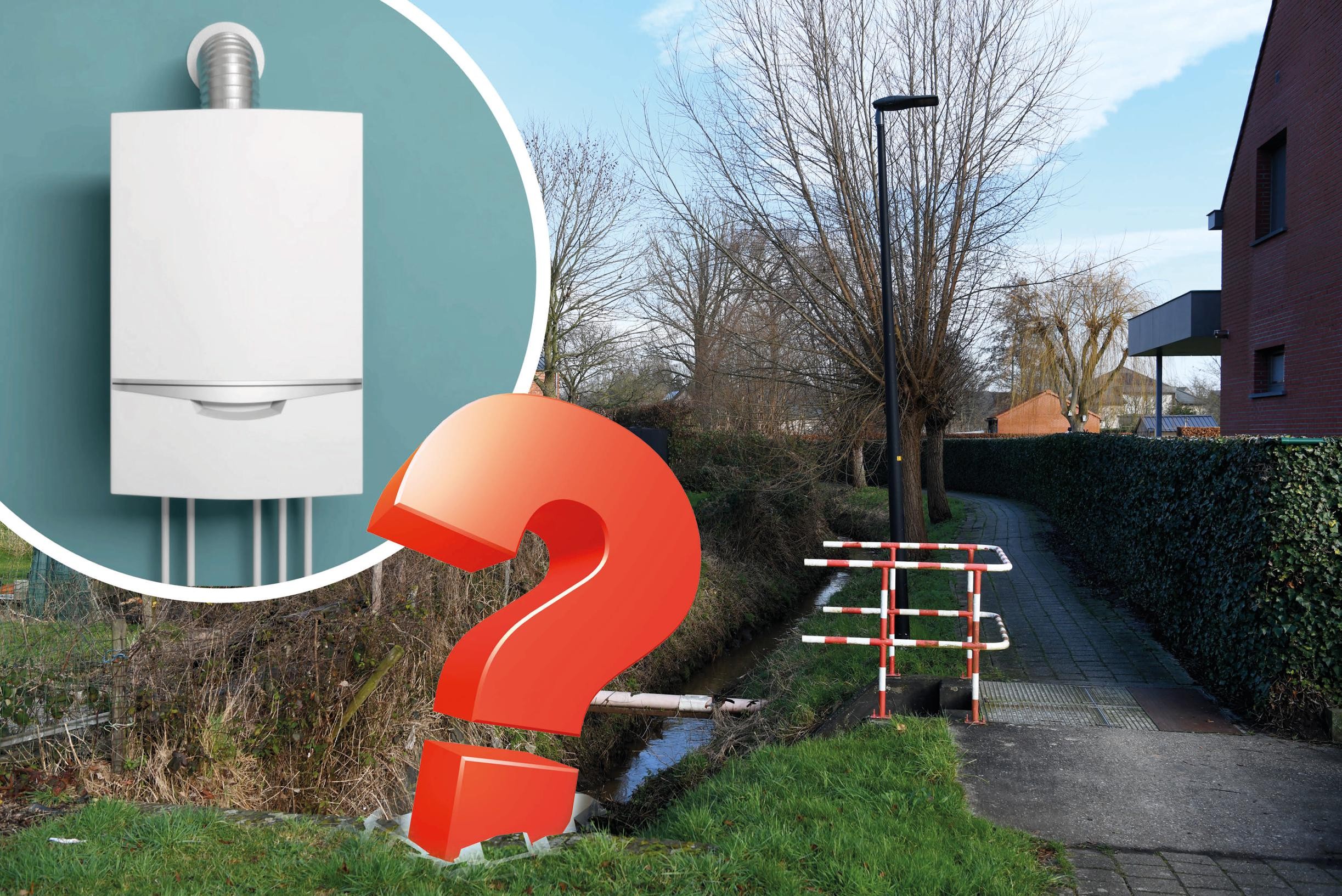When researching on the Federal Network Agency’s website how far mobile network coverage has progressed in Germany, a waiting symbol is displayed for a few seconds – the map loads and does not load. Internet speed may be too low. That probably wouldn’t have happened with 5G. The latest mobile communications standard promises data transmission that is up to ten times faster than 4G (LTE) and thus communication in real time.
In many cases, anyone who buys a new mobile phone today also buys the 5G mobile communications standard. Medium and high-priced smartphones are usually already 5G-capable. According to Urs Mansmann, editor at the trade magazine c’t, there is already a good selection of the new devices in the mid-range up to 300 euros. However, a 5G-enabled device alone is of little use. If you want to use the latest mobile communications standard, you also need the right tariff. But are the more expensive tariffs already worth it?
5G cannot yet be used everywhere
At the moment, the technology cannot be used to the full extent, at least not everywhere. Network expansion has made further progress. After Telekom put the first cells into operation on a pilot basis in 2018, the network operator says it can now supply 90 percent of households in Germany with 5G. Vodafone reaches around 45 percent of households and Telefónica (O2) has indicated 5G expansion at 30 percent by the end of 2021.
However, the vast majority of existing 4G transmitter systems were upgraded via software updates. The frequencies previously intended exclusively for 4G are now used jointly for 4G and 5G – in technical jargon this is called Dynamic Spectrum Sharing (DSS). This is faster and cheaper, but the result is that the 5G technology that has been introduced does not yet have broader network coverage. Put simply, the network reacts to whether there are more 4G or 5G-enabled devices in range. For example, if more 5G-enabled cell phones in the radio cell are accessing data, more capacity is allocated to them for that moment. As a result, customers with a 5G tariff would not have any major advantages at all, since capacity is used that is also available with 4G, says Mansmann.
Berliners have a good chance of 5G coverage
There are currently only a few radio cells that use their own additional frequency range for 5G. “The data rate is actually much higher there,” says the expert. People in big cities have a good chance of this – and therefore also in Berlin. On the map of the Federal Network Agency it becomes clear where the exclusive 5G stations are being built: first in the metropolitan regions. In rural parts of Brandenburg, on the other hand, there are still white spots – even shared 5G radio cells are rather few.
If you live in an area with good network coverage and want to use the latest mobile phone standard, you have to choose a slightly more expensive tariff that includes 5G – provided you have a 5G-capable cell phone. Customers will find the largest selection from the network operators Telekom, Vodafone or Telefónica (O2) themselves. Low-cost providers do not yet have any 5G tariffs on offer.
In practice, faster data transfer then means the possibility of mobile gaming or virtual reality. In addition to private customers, industry should also benefit from 5G. Then, for example, autonomous vehicles can be networked with each other or robots can exchange data in real time.
– .


